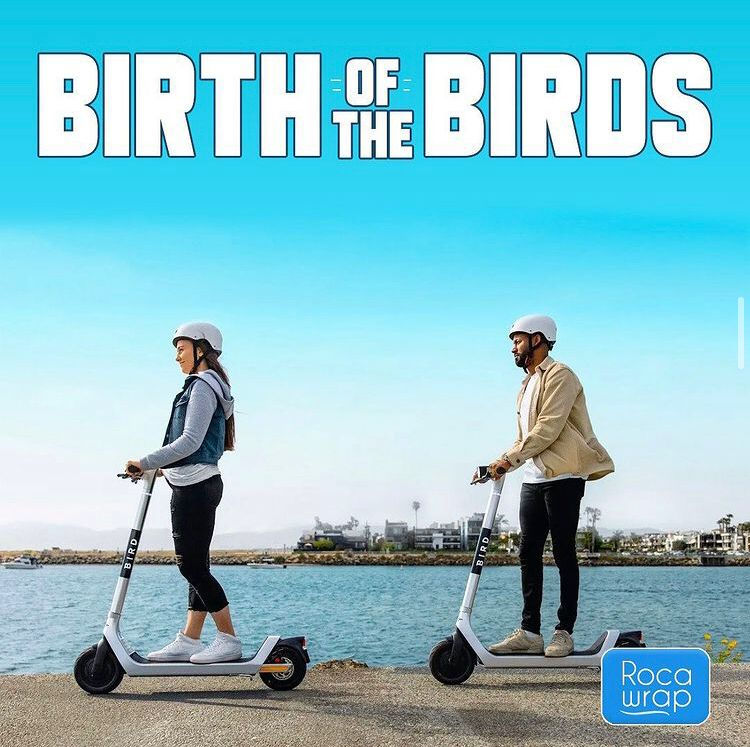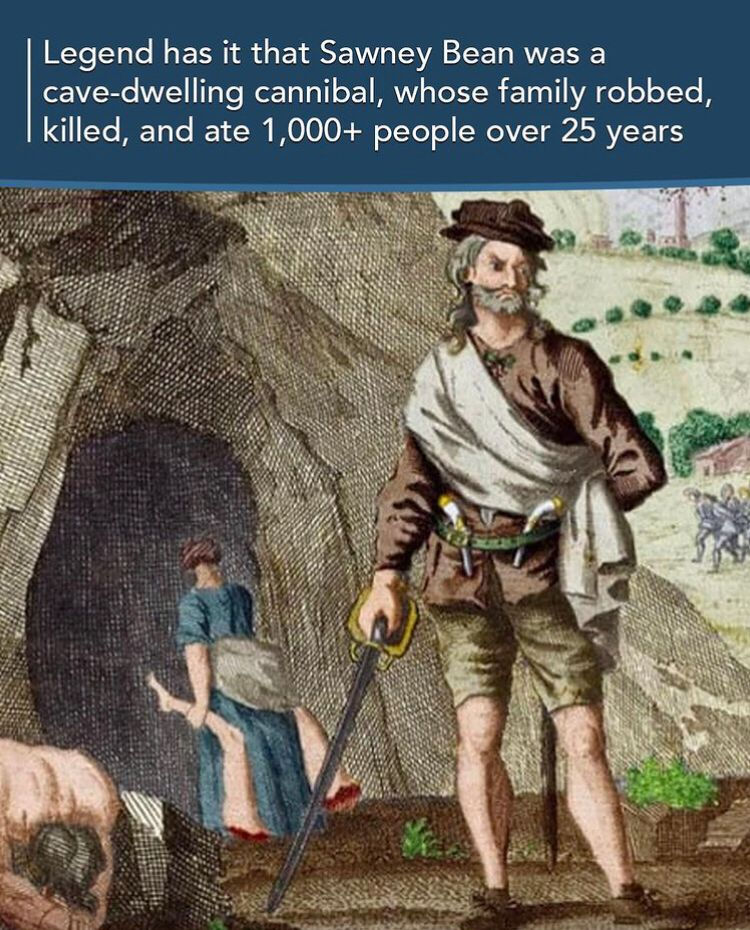Upper-intermediate
So by now your conversation is improving and you are able to talk a lot about a variety of topics. In this course you will focus on improving your vocabulary on a wide range of topics. This course also includes a lot of reading and phrasal verbs.
.png)
Ui82 - Fathers & Grandfathers

Without reading this story how do you think a guy had 600 children?

Do you know anyone that has been to a fertility clinic?

Do you think someone has ever married their brother, sister or cousin by mistake?

Without reading this story how do you think a guy had 600 children?
Additional Exercise - TOEIC Listening
Ui86 - Flying Solo

Do you think there should be a "Single's day" like "Valentine's day"?

What is the biggest shopping day in Brazil?

What does he mean when he says "promote inclusiveness to consumers, merchants and partners across our ecosystem"? Sounds like just marketing words to me.

Do you think there should be a "Single's day" like "Valentine's day"?
Additional Exercise
Additional Exercise - Listening
Additional Exercise - Listening
Ui98 - History of Food

There is an expression in English "That's the way the cookie crumbles" which means "Those are the consequences or that's what happens"

What is the American diet known for?

Have you ever heard of the Graham cracker?

There is an expression in English "That's the way the cookie crumbles" which means "Those are the consequences or that's what happens"
Additional Exercise - Reading
Additional Exercise - Listening
Additional Exercise - Listening
Additional Exercise - Improving Your CV

If you want, you can actually write each section in your grammar book.

Name your resume "FirstName LastName Resume". No funny names. Avoid over-the-top formatting. Sometimes ATS systems can get confused and jumble your info. You could use tools like kickresume.com to see if your resume passes the ATS test.

Remember, your resume is to get you an interview... not to get you a job. Try to read it in 10 seconds and see what you take away from it. That is how long someone will take to decide to read more or to skip to the next one.

If you want, you can actually write each section in your grammar book.
Additional Exercise - Listening
Ui123 - Darwin Awards

Do you think lawyers will be replaced my AI and robots in the future?

Do you have a party trick?

Have you heard of the Darwin Awards? They are awarded to people that have died or hurt themselves doing very dumb things... because according to Darwin - only the strong and intelligent survive.

Do you think lawyers will be replaced my AI and robots in the future?





.png)



.png)



.png)



.png)
.png)



.png)



.png)



.png)



.png)



.png)



.png)



.png)



.png)



.png)




.png)



.png)
.png)
.png)






.png)



.png)



.png)



.png)



.png)
.png)



.png)



.png)



.png)



.png)



.png)



.png)



.png)



.png)








.png)







.png)



.png)



.png)



.png)



.png)



.png)



.png)

.png)



.png)



.png)
.png)



.png)



.png)



.png)



.png)



.png)